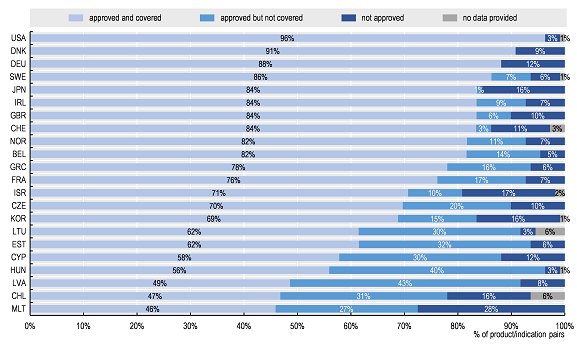Milton Friedman 50 Years Later
Angus Deaton says:
“Milton Friedman was one of the foremost thinkers who challenged the post-war Keynesian consensus. He was immensely successful in arguing the pro-market case, and questioning the ability of government to improve on market outcomes. Today, we need to reopen these questions, using new economic thinking and new evidence; is the market bringing the unalloyed benefits that Friedman thought it would? This book is an important contribution to that reevaluation,”
And this is the capitalism that Martin Wolf expects:
“in which companies would not promote junk science on climate and the environment; it is one in which companies would not kill hundreds of thousands of people, by promoting addiction to opiates; it is one in which companies would not lobby for tax systems that let them park vast proportions of their profits in tax havens; it is one in which the financial sector would not lobby for the inadequate capitalisation that causes huge crises; it is one in which copyright would not be extended and extended and extended; it is one in which companies would not seek to neuter an effective competition policy; it is one in which companies would not lobby hard against efforts to limit the adverse social consequences of precarious work; and so on and so forth.”




